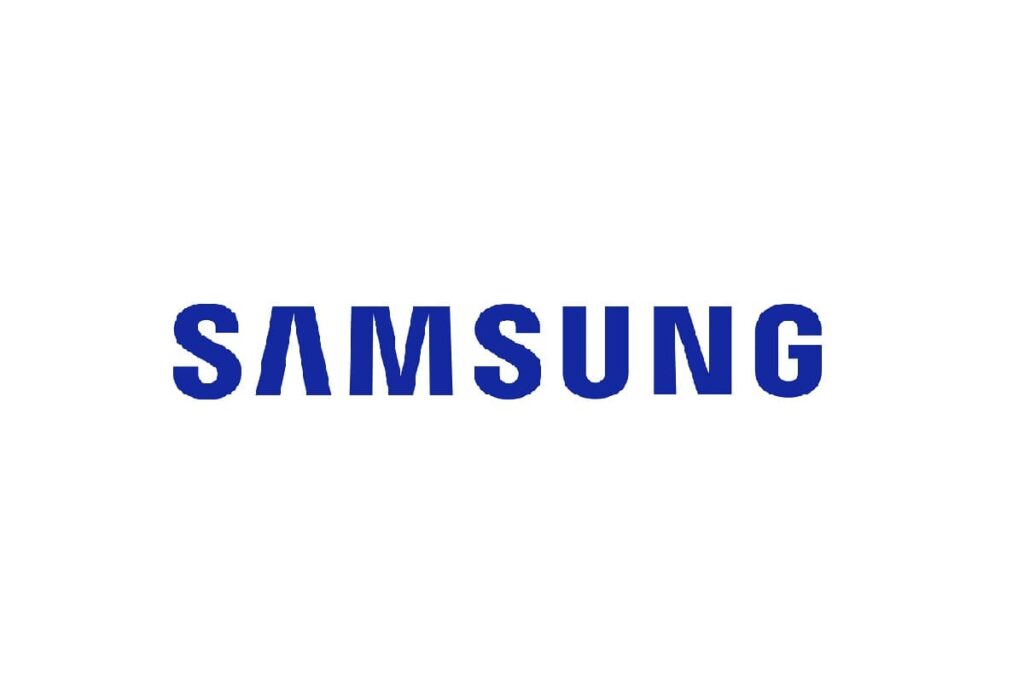In this article, we delve into the intricacies of the Samsung Galaxy Tab A9 ghost touch issue, exploring its potential causes, proposed solutions, and the impact on user experience.
Samsung Galaxy Tab A9 Ghost Touch Issue:
Understanding Ghost Touch: Ghost touch refers to the spontaneous and erratic movements on a device’s touchscreen without any physical interaction from the user. While this problem isn’t exclusive to the Samsung Galaxy Tab A9, it has garnered attention due to its occurrence on this popular tablet.
Frequency and Severity: Users have reported varying degrees of severity regarding the Ghost Touch issue on the Galaxy Tab A9. Some experience sporadic and minor inconveniences, while others face persistent and disruptive occurrences that hinder the device’s usability.
The Origins of the Issue: Determining the root cause of the Ghost Touch problem is crucial for effective resolution. Several factors may contribute to this phenomenon:
- Hardware Glitches: The touchscreen hardware may face glitches, leading to misinterpretation of signals and causing the device to register touches that haven’t occurred.
- Software Bugs: Issues within the tablet’s operating system or applications can result in abnormal touchscreen behavior. Software bugs may interfere with the device’s ability to accurately interpret touch inputs.
- Environmental Factors: External factors such as extreme temperatures, humidity, or electromagnetic interference could impact the tablet’s touchscreen functionality, contributing to Ghost Touch.
Impact on User Experience: The Ghost Touch issue can significantly disrupt the user experience on the Samsung Galaxy Tab A9. From unintended app launches to erratic typing, users find themselves grappling with an unpredictable device, hampering productivity and enjoyment.
User Testimonials: To gain a deeper understanding, we reached out to Galaxy Tab A9 users who have encountered the Ghost Touch problem. Their testimonials paint a vivid picture of frustration and inconvenience, emphasizing the need for a swift resolution.
User A: “It’s infuriating when the tablet starts doing its own thing. I’ll be reading an article, and suddenly, it starts scrolling on its own or opening apps without any input from me.”
User B: “I thought it was a one-time thing, but the Ghost Touch happens regularly now. It’s a real headache, especially when I’m trying to get work done.”
Samsung’s Response: Samsung cares about its customers, and they know about the Ghost Touch issue. They’re doing something about it by creating updates for the tablet’s software. These updates fix problems with the software that might be causing the Ghost Touch issue. It’s important for users to regularly update their tablets to get these fixes and improve their device.
DIY Solutions for Users:
While waiting for official updates, users have explored various do-it-yourself solutions to mitigate the Ghost Touch problem:
- Calibration: Some users have reported success by recalibrating the touchscreen settings. This can be done through the tablet’s settings menu, providing an alternative for those seeking an immediate fix.
- Safe Mode: Booting the device in safe mode disables third-party applications, helping users identify if the Ghost Touch issue is related to a specific app. If the problem ceases in safe mode, uninstalling recently added apps may resolve the problem.
- Factory Reset: A more drastic measure involves performing a factory reset on the device. This erases all user data, so it’s crucial to back up important information before proceeding. While effective for some, others find the issue resurfacing after a period.
Conclusion:
The Ghost Touch issue on the Samsung Galaxy Tab A9 is a challenge that both users and the company are actively addressing. As Samsung continues to release updates and patches, users are advised to stay vigilant in keeping their devices updated.
